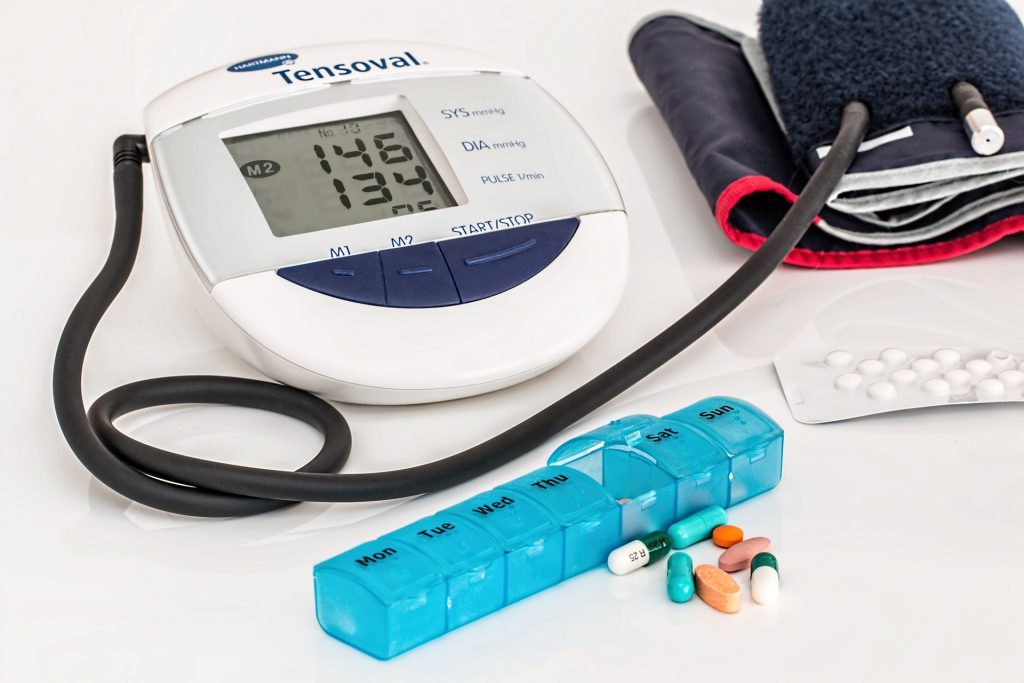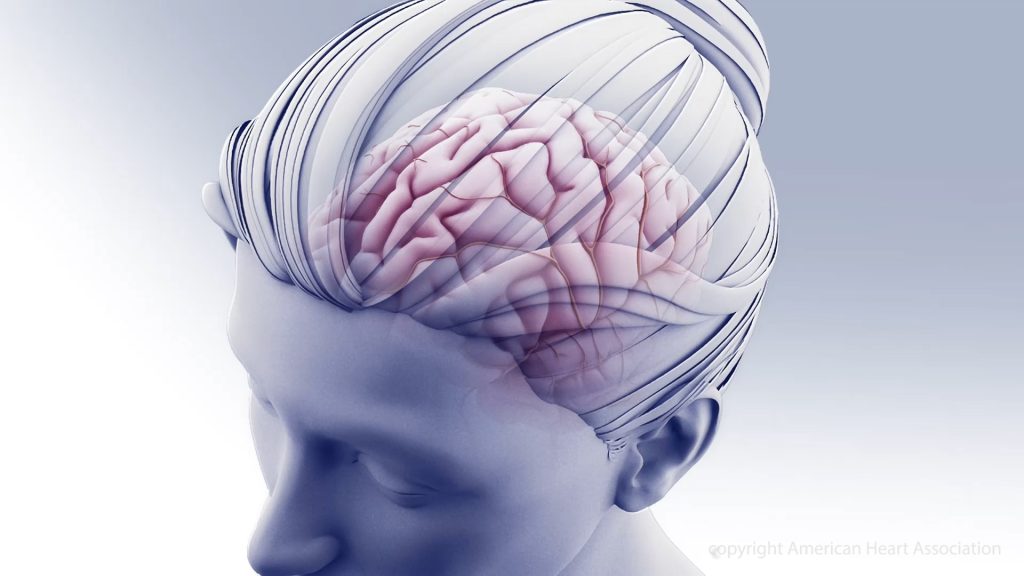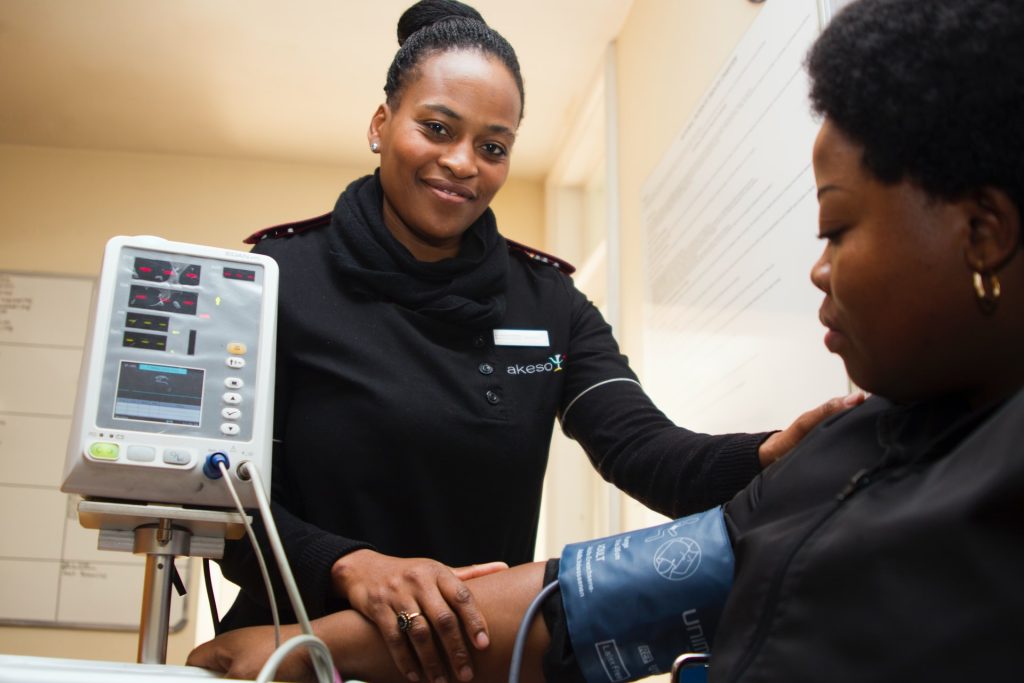Parkinson’s Drug Improved BP in Young T1D Patients

Young people with Type 1 diabetes (T1D) who took bromocriptine, a medication used to treat Parkinson’s disease and Type 2 diabetes, had lower blood pressure and less stiff arteries after one month of treatment compared to taking placebo, according to a small study published today in Hypertension.
Hypertension and stiff arteries contribute to the development of heart disease, for which those with T1D are at higher risk. Those diagnosed with T1D as children have even higher risks for heart disease than people diagnosed in adulthood. Therefore, researchers are interested in ways to slow down the onset of vascular disease in children with T1D.
“We know that abnormalities in the large vessels around the heart, the aorta and its primary branches, begin to develop in early childhood in people with Type 1 diabetes,” said lead study author Michal Schäfer, PhD, a researcher and fourth-year medical student at the University of Colorado School of Medicine. “We found that bromocriptine has the potential to slow down the development of those abnormalities and decrease the risk for cardiovascular disease in this population.”
The multidisciplinary team conducted this study to examine the impact of bromocriptine on blood pressure and aortic stiffness compared with a placebo in adolescents with Type 1 diabetes. Bromocriptine is in a class of medications called dopamine receptor agonists. It increases levels of dopamine, a chemical in the brain, which leads to an increase in the body’s responsiveness to insulin, called insulin sensitivity. Bromocriptine has been FDA-approved since 2009 to treat adults with Type 2 diabetes due to its effect on insulin sensitivity.
The study included 34 participants (13 male, 21 female) aged 12 to 21 years who had been diagnosed with Type 1 diabetes for at least a year, and their HbA1c was 12% or less. An HbA1c level of 6.5% or higher indicates diabetes. They were randomly divided into two groups of 17, with one group receiving bromocriptine quick-release therapy and the other receiving a placebo once daily. The study was conducted in two phases. Participants took the first treatment or placebo for 4 weeks in phase 1, then had no treatment for a 4-week “wash-out” period, followed by phase 2 with 4 weeks on the opposite treatment. In this “crossover” design, each participant served as their own control for comparison.
Blood pressure and aortic stiffness were measured at the start of the study and at the end of each phase. Aortic stiffness was determined by assessing the large arteries with cardiovascular magnetic resonance imaging (MRI) and a measurement of the velocity of the blood pressure pulse called pulse wave velocity.
The study found:
- Compared to placebo, blood pressure was significantly decreased with bromocriptine. On average, bromocriptine therapy resulted in a systolic blood pressure decrease of 5 mm Hg and a diastolic blood pressure decrease of 2 mm Hg at the end of 4 weeks of treatment.
- Aortic stiffness was also reduced with bromocriptine therapy. The improvement in aortic stiffness was most pronounced in the ascending aorta with a lowered pulse wave velocity of about 0.4 meters/second, and an increase in distensibility, or elasticity, of 8%. In the thoraco-abdominal aorta, bromocriptine was associated with a lowered pulse wave velocity of about 0.2 meters/second, with a 5% increase in distensibility.
“A stiff aorta predisposes a patient to other health issues, such as organ dysfunction or atherosclerosis and higher stress or strain on cardiac muscle,” Schäfer said. “We were able to take it a notch further and show, using more sophisticated metrics, that these central large arteries are impaired, and impairment among adolescents and young adults with Type 1 diabetes may be decelerated with this drug.”
The study’s small size is a limitation. However, the researchers note that further research into bromocriptine’s impact on vascular health in a greater number of people with Type 1 diabetes is warranted; they are planning larger trials.
Source: American Heart Association









